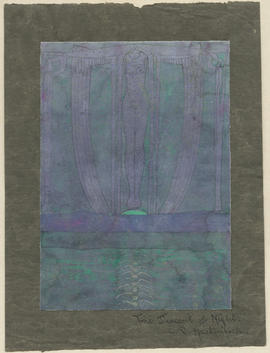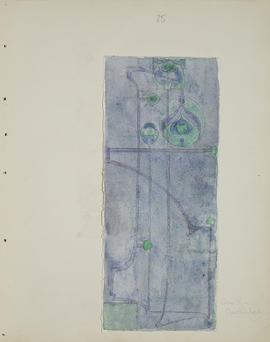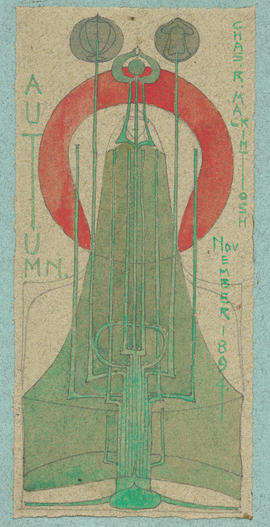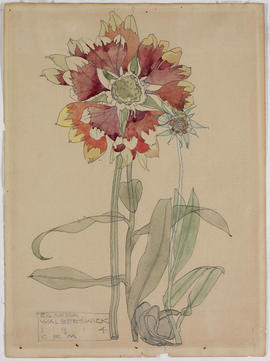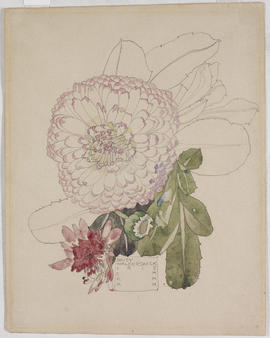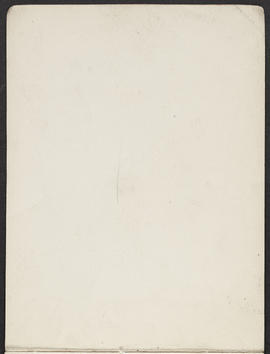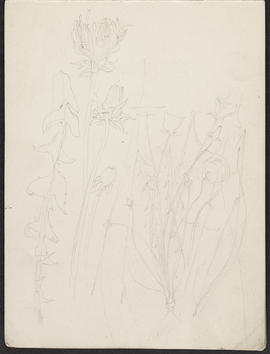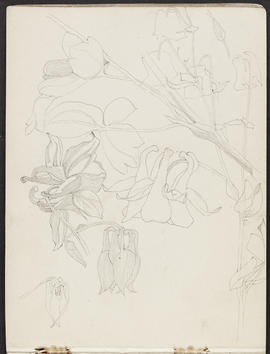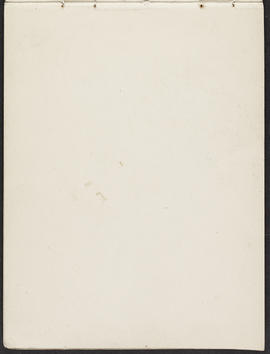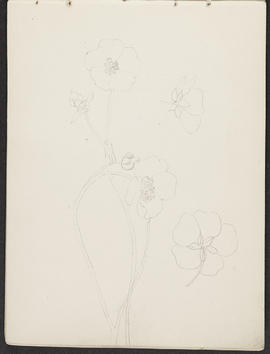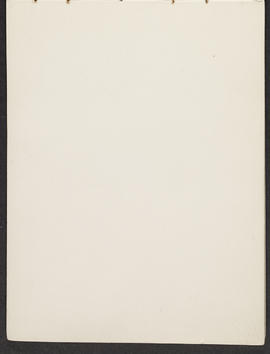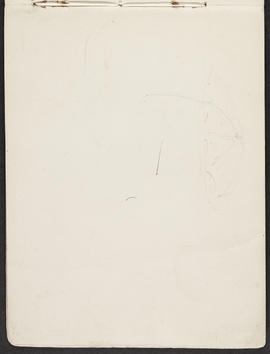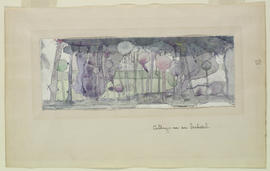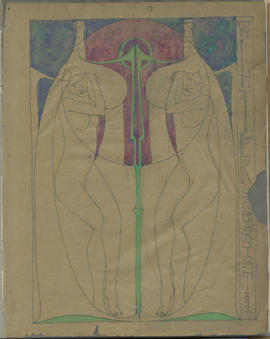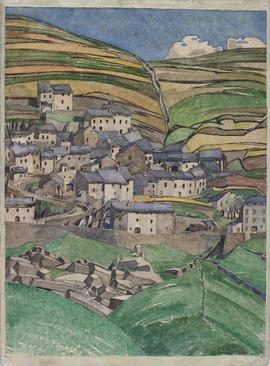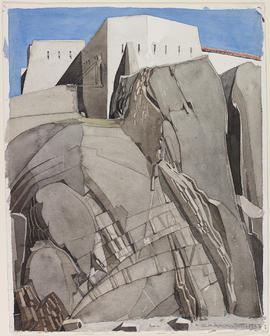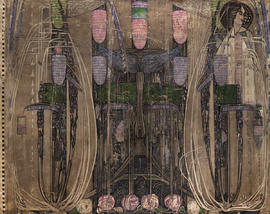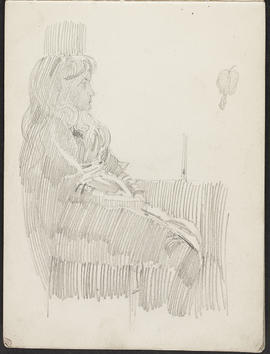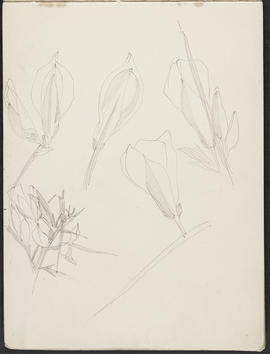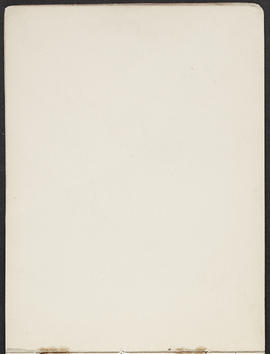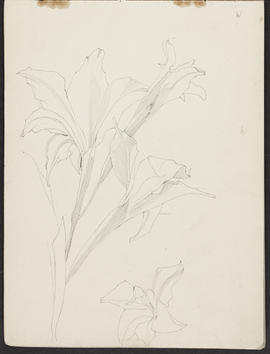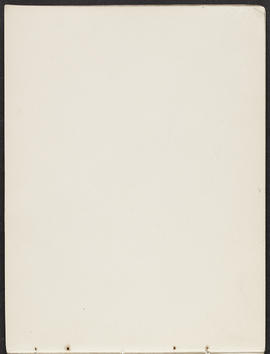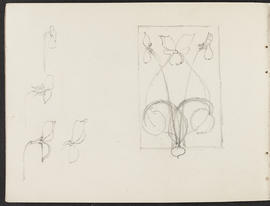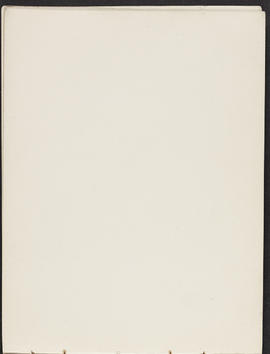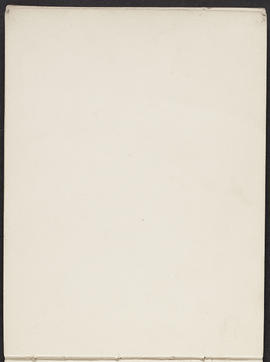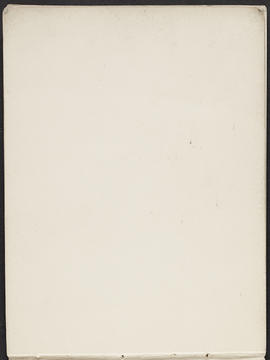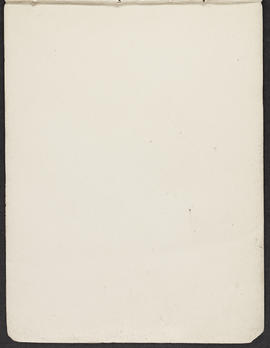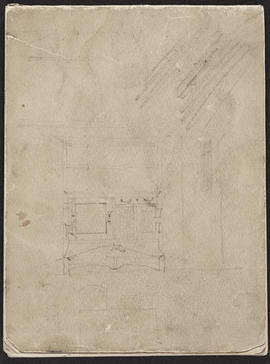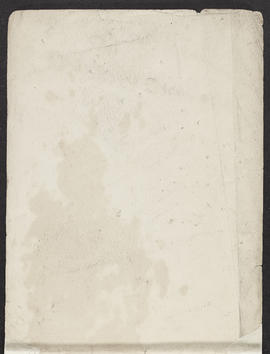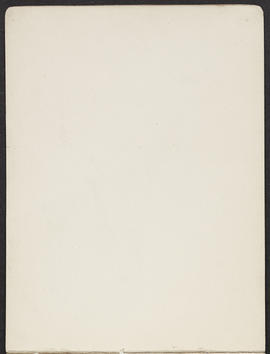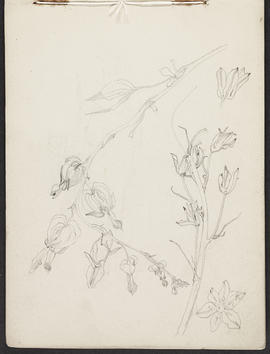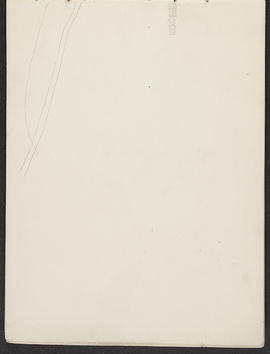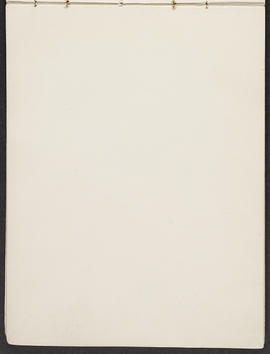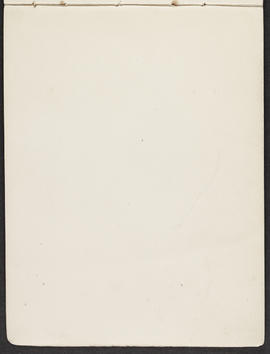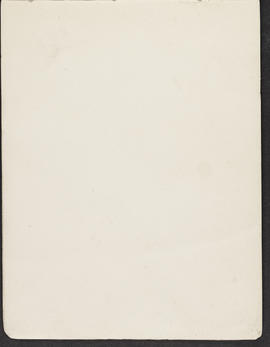- MC/A/15
- Folder
- 1893-1896
There are 4 known surviving volumes: The Magazine 1893, The Magazine April 1894, The Magazine November 1894, The Magazine 1896.
The Magazine was a publication of original writings and designs by students from the Glasgow School of Art, Glasgow, Scotland, and their friends. Appearing in 4 volumes between November 1893 and Spring 1896, The Magazine contains text from contributors handwritten by Lucy Raeburn, editor, accompanied by original illustrations. These volumes are the only known copies of The Magazine. In addition to rare, early watercolours and designs by Charles Rennie Mackintosh, the volumes contain early designs by Frances MacDonald and Margaret MacDonald, at a stage in their development which has been labelled 'Spook School', and two sets of photographs by James Craig Annan, when he was beginning to establish a reputation at home and abroad. Among other contributors were Janet Aitken, Katherine Cameron, Agnes Raeburn and Jessie Keppie, all of whom enjoyed lengthy careers in art and design.
The Magazine is similar to an album amicorum such as those which originated in the middle of the 16th century among German university students, who collected autographs of their friends and notable persons, sometimes adding coats of arms and illustrations. The Magazine resembled the album amicorum in that contributions were by a close group of students and their friends and is all the more interesting because the illustrations were produced by young people who had a common social background, were trained at the same school, and subjected to the same artistic influences. The contributors were closely linked, some by family, some by romantic attachments and had close social connections. Other contributors include C Kelpie, John M Wilson, Jane Keppie, and Ethel M Goodrich. Source: Jude Burkhauser, Glasgow Girls: women in art and design (Edinburgh : Canongate, 1990).
Raeburn, Lucy

